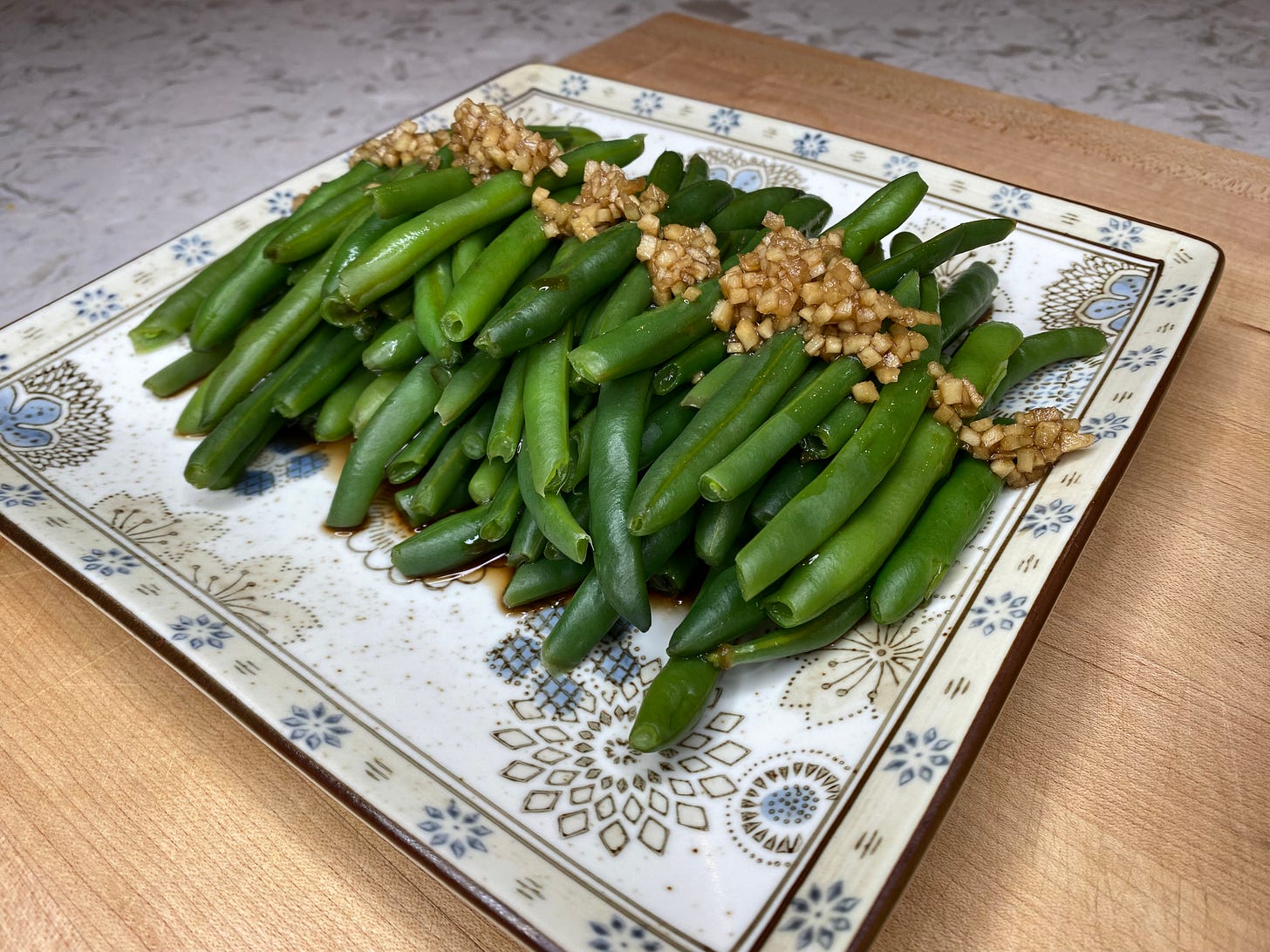Add some spice with the food of Sichuan province, China
Starting our tour of the world
We’re starting our tour of world cuisines with China. China is the third largest country in the world by land mass and the second largest by population. As a result, there is no single “Chinese cuisine”, but rather eight distinct regional cuisines. In this week’s newsletter, we’re going to explore Chuāncài, the cuisine of Sichuan Province.
Sichuan Province is located in Southwest China, bordering on Tibet to the West and Chongqing to the East. For all intents and purposes, we will also consider Chongqing as part of this region. It was part of Sichuan province until 1997 and there is a tremendous amount of cultural overlap between the two areas.
Sichuan cuisine is heavily known for pungent and spicy dishes, especially due to the use of the native Sichuan peppercorn. This peppercorn has the flavor called “mala”, a combination of the Chinese characters for numbing and spicy. This perfectly describes the intense effect that Sichuan peppercorns have on your palate and make up one of the most distinctive attributes of food from this region. In addition to mala, other flavors are very popular in this region. A partial list includes fish fragrant (yuxiang), hot and sour, and ginger sauce. One of the most important ingredients besides Sichuan peppercorns is dòubàjiàng, a paste made from chilis and broad beans. Dòubàjiàng is one of the key flavors of the popular dish Mapo Tofu.
Previously, I quoted Hippocrates when I said, “Let food be thy medicine.” Hippocrates was not unique these ideas. Confucius (551-479 B.C.) had strong opinions about health and how what we eat impacts our overall health. This philosophy still exists today and is an important aspect in how Chinese cuisines have developed. Similar to Ayurveda, there is a believe that certain conditions arise by way of imbalances in the body and with nature. To cure heat in the body, eat cooling foods. Sichuan peppercorns are drying and the perfect balance against the dampness common in the Sichuan basin. Living in Portland, Oregon, dampness is something I am very familiar with as well.
I took the opportunity to cook several of the more popular dishes from this region, especially those more amenable to a Western palate. Arguably the two most popular in the United States are Mapo Tofu and Gong Bao (Kung Pao) Chicken. Shockingly for those who know me, a vegetable dish ended up being my favorite of the week.
One of the surprising dishes is called Ma Yi Shang Shu, or Ants Climbing a Tree. It’s called that because it looks a bit like ants climbing a tree when you pull up the noodles with chop sticks. This dish is an excellent way to use the rest of the ground pork leftover from making mapo tofu.
In the past when I’ve cooked from different countries, I made a small handful of dishes and moved on. I’ve tended to focus on the proteins and bypass all of the vegetables dishes that are also unique to a region. This is especially true for Asian dishes that are normally served with rice. I could eat a protein and rice pretty much every day and be happy. This week, however, really opened my eyes to the beauty that vegetables can have when prepared with the same intention that you put into the protein. In fact, my favorite dish of the week was spinach. The spinach is quickly blanched in boiling water, drained, them dressed with a spicy and sour sauce. It is very quick to put together and absolutely delicious.
Here are a few other exceptional vegetable dishes from the week,
To top off the week, we visited a Sichuan restaurant in one of the Portland suburbs. Sichuan City was delicious. We opted for an early dinner to avoid traffic and even then the place had several customers dining in and several more who were in and out picking up takeout. I really wanted to challenge myself to try something I wouldn’t otherwise eat. We landed on pork wontons in chili oil, dry pot spare ribs and prawns, and — my challenge dish — Sichuan pigs feet. Being from the Southern US, I’ve typically seen pigs feet pickled, in gallon-sized jars. I’ve never been daring enough to try it. Surprisingly, I actually really liked it. It’s all about the texture and mouthfeel.
If you are interested in the food of Sichuan, I HIGHLY recommend the cookbook The Food of Sichuan, by Fuchsia Dunlop. Every recipe I made this week was from that book, with only the exception of the mapo tofu, which was from The Key to Chinese Cooking, by Irene Kuo. The latter book was written in 1977 and still stands as a cornerstone book on Chinese cuisine.
A couple of YouTube channels I’ve really enjoyed this last week were A Blondie in China, GoldThread, and the Sichuan Cuisine playlist from Souped Up Recipes.
Next week we will be traveling to Southeastern China to the city of Guangdong, formerly known as Canton. Arguably the most well known of Chinese cuisines, Yuècai, or Cantonese cuisine, will also expose us to Hong Kong and possibly Macau.












